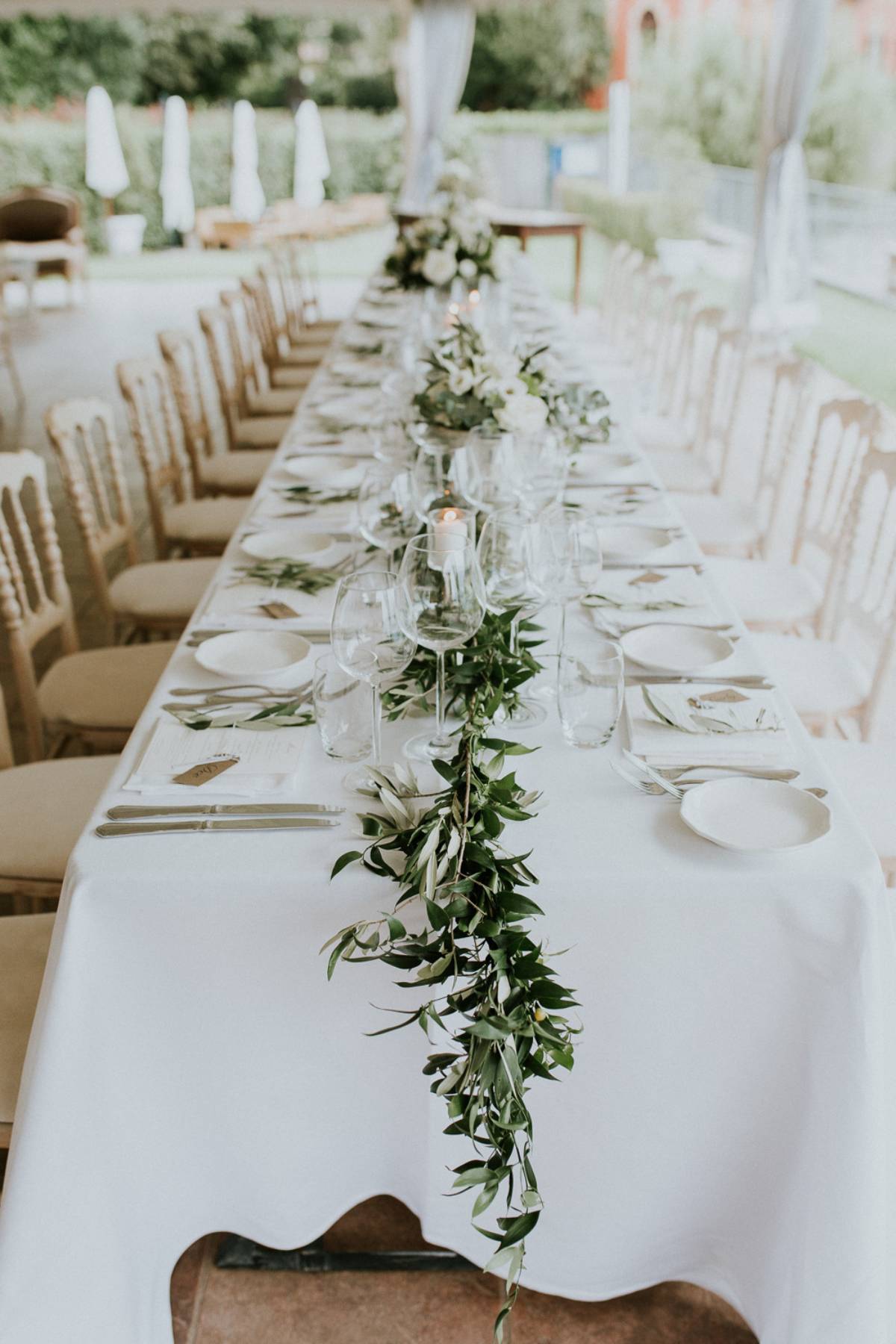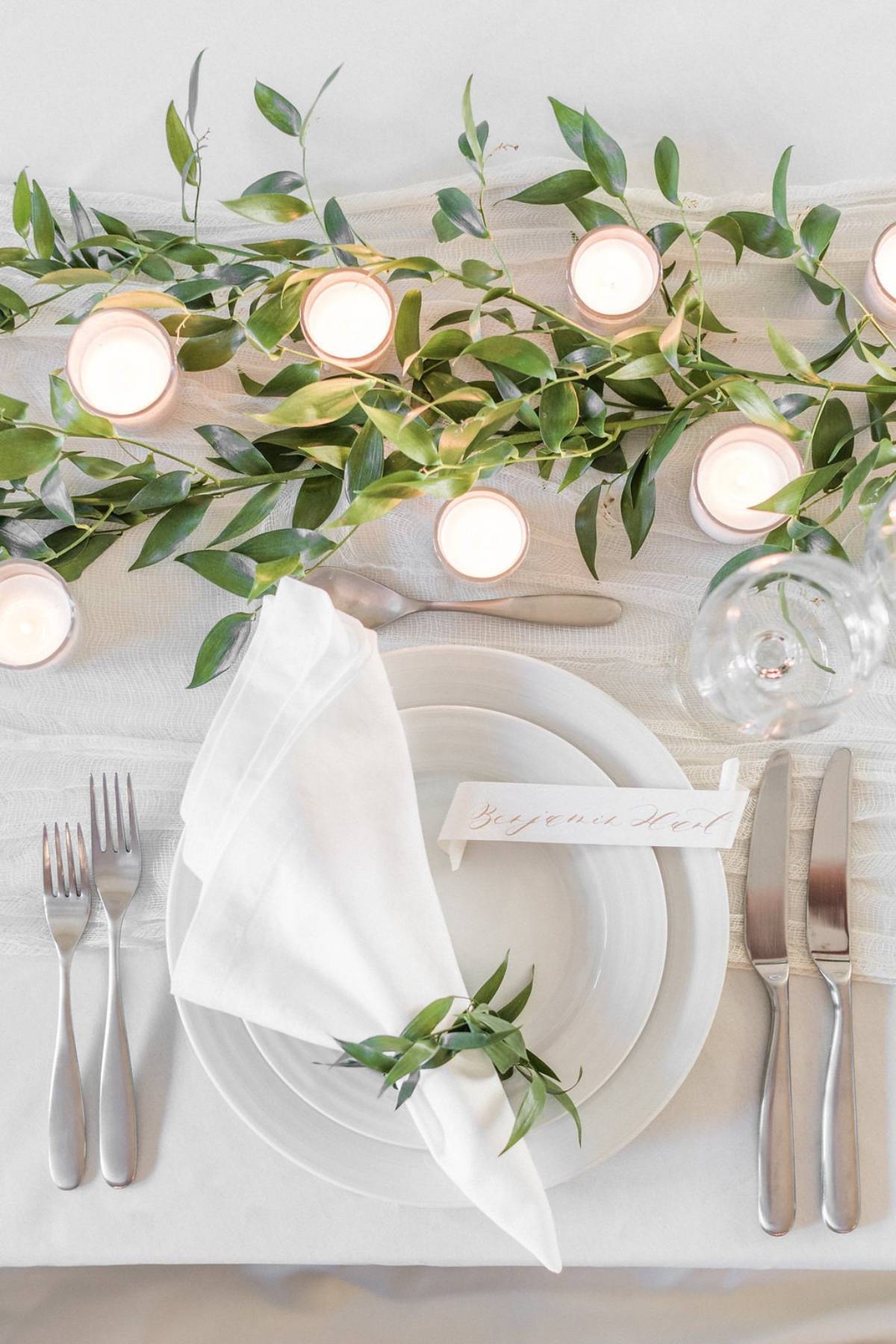In the world of home decor, few elements bring as much freshness and vitality as greenery. Whether you’re planning a casual dinner with friends or a more formal gathering, adding plants and natural elements to your table can elevate the overall aesthetic and ambiance. In this article, we’ll explore various aspects of using greenery for table decor, share personal experiences, and provide practical tips to inspire your creativity.
Why Choose Greenery for Table Decor?
Greenery is not just a trend; it’s a timeless choice that enhances the beauty of any space. Here are some compelling reasons to incorporate plants into your table decor:
- Natural Beauty: Greenery brings a touch of nature indoors, adding color and texture.
- Freshness: Plants can create a refreshing atmosphere, making your space feel alive and vibrant.
- Versatility: Greenery can complement any decor style, from rustic to modern.
- Health Benefits: Indoor plants contribute to improved air quality and reduce stress.
Choosing the Right Greenery for Your Table Decor

Factors to Consider
When selecting greenery for your table decor, consider the following:

- Size: Ensure the plants are appropriately sized for your table. Large plants can overwhelm smaller tables, while tiny succulents may get lost on expansive dining surfaces.
- Lighting: Consider the natural light in your dining area; some plants thrive in bright light, while others prefer low-light conditions.
- Maintenance: Choose plants that match your lifestyle and level of care commitment.
Popular Types of Greenery for Table Decor

- Succulents: Low-maintenance and trendy, they add a unique aesthetic.
- Herbs: Provide a functional aspect; you can also use them in cooking!
- Foliage Plants: Such as ferns and pothos, which bring lushness to your table.
- Seasonal Flowers: Occasional blooms can add a splash of color and variety.
Creative Ideas for Using Greenery in Table Decor

1. Centerpieces
Creating a stunning centerpiece using greenery is a fantastic way to capture attention. Here’s how to do it:

- Combine different plants to create texture and height.
- Use varying pots or containers to add visual interest.
- Consider a tiered arrangement for added drama.
Centerpiece Example
| Plant Type | Container | Height | Maintenance Level |
|---|---|---|---|
| Echeveria | Terracotta pot | 6 inches | Low |
| Snake Plant | Glass vase | 12 inches | Low |
| Pothos | Hanging planter | Varies | Low |

2. Place Settings
Incorporating greenery into individual place settings can create a cohesive look. Here are some ideas:
- Add a small sprig of fresh herbs to each plate.
- Use a mini succulent as a place card holder.
- Layer greenery along with table runners for added texture.
3. Seasonal Themes
Change your table decor according to the seasons. For example:
- In spring, use flowering branches and pastel-colored pots.
- During summer, incorporate bright tropical plants.
- In fall, use leaves and pumpkins alongside greenery.
- For winter, consider evergreen boughs and pinecones.
DIY Greenery Projects for Table Decor
Creating Terrariums
Terrariums are a delightful way to incorporate greenery creatively. Here’s how to make one:
- Choose a clear glass container.
- Add small stones for drainage at the bottom.
- Layer activated charcoal to keep things fresh.
- Add potting soil and arrange small plants.
Herb Garden Centerpiece
For a functional centerpiece, consider an herb garden. This is how:
- Select a long planter box and fill it with potting mix.
- Plant herbs such as basil, rosemary, and thyme.
- Arrange on the table for easy access while cooking.
Maintaining Your Greenery
Watering and Care
Proper care ensures your greenery remains vibrant:
- Understand the watering needs of each plant type.
- Use room temperature water to avoid shocking plants.
- Dust foliage to keep leaves clean and healthy.
Dealing with Pests
If pests invade, try these natural solutions:
- Use insecticidal soap or neem oil.
- Regularly inspect plants for signs of distress.
- Keep plants healthy to reduce the likelihood of infestations.
Pros and Cons of Using Greenery in Table Decor
| Pros | Cons |
|---|---|
| Enhances aesthetic appeal | Requires maintenance and care |
| Improves air quality | Can attract pests |
| Brings a sense of calm | Some plants may pose allergies |
Frequently Asked Questions (FAQs)
What types of greenery are best for dining tables?
Succulents, ferns, herbs, and seasonal flowers are ideal choices. They add beauty and interest without overwhelming your space.
How do I choose the right size plants for my table?
Consider the dimensions of your table and ensure plants are proportionate. Larger tables can accommodate bigger arrangements, while smaller tables should have more compact plants.
Can I use artificial plants instead of real greenery?
Yes, artificial plants provide the same visual appeal without maintenance. However, they lack the air-purifying benefits of real plants.
How often should I water my table greenery?
This depends on the type of plant. Generally, allow the top inch of soil to dry out between waterings for most houseplants.
Are there any specific care tips for herbs used in table decor?
Herbs need sunlight, regular watering, and well-drained soil. Use them regularly to encourage growth and prevent them from becoming leggy.
Conclusion
Incorporating greenery into your table decor is an enriching experience that can transform your dining space. From creating stunning centerpieces to adding small touches of nature at each place setting, the options are endless. Remember to consider your personal style, the season, and the type of gatherings you host. With a little creativity and care, your table can become a lush focal point that impresses your guests and brightens your home.
By utilizing this guide, you’re now equipped to embrace the beauty of greenery in your table decor—making every meal a special occasion!